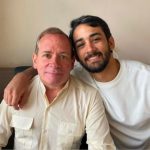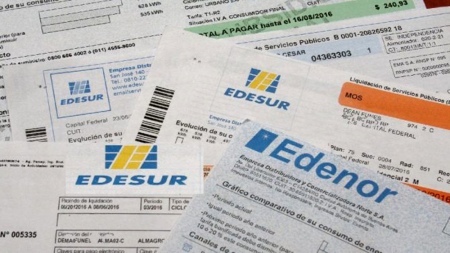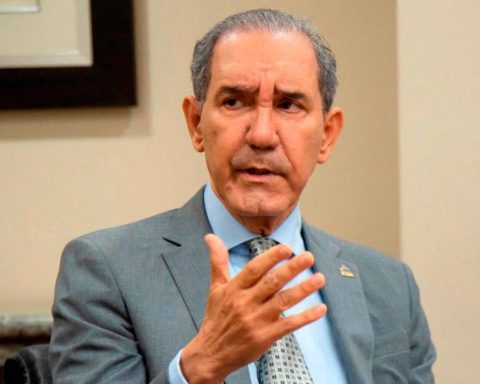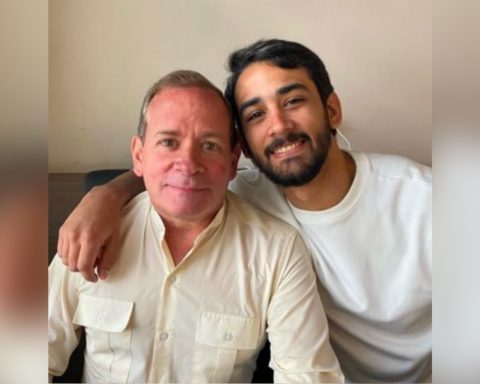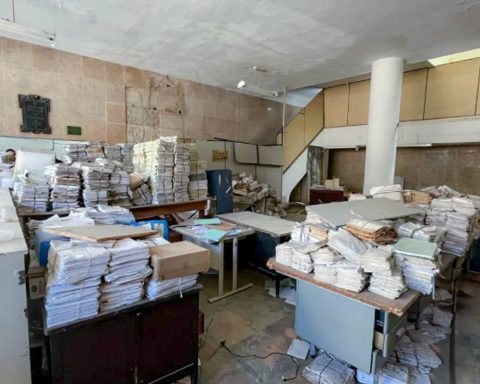October 27, 2022, 9:29 AM
October 27, 2022, 9:29 AM
Openly gay in a particularly conservative region of India’s Punjab, Jashan Preet Singh had a very hard life for a long time.
Singh, 24, was used to the daily discrimination in his hometown, Jalandharm, where he suffered harassment and beatings from your neighbors and your familywho had largely turned his back on him.
But what happened at the end of last year was even more serious.
“About 15 or 20 people tried to kill me,” he told the BBC from Fresno, California. “I escaped from there and saved my life. But they cut several parts of my body.”
The attack left him a mutilated arm and a severed thumb.
Singh’s escape took him on a journey through Turkey and France to finally reach the US-Mexico border, nearly 8,000 miles away, where he crossed into California to start a new life in the US.
For years, the arrival of Indian immigrants to the US had been slow but steady, with tens and even hundreds each month.
In 2022, however, the figures have skyrocketed.
Since the beginning of the fiscal year (last October) the US authorities a record 16,290 Indian nationals have been arrested on the border with Mexico.
The previous high was just over half, 8,997, in 2018.
Experts list a number of reasons for this increase: the climate of discrimination in India, the end of restrictions due to the pandemic, the perception that the current US administration receives asylum seekers and the growth of smuggling networks. .
Although some Indian migrants go to the US for economic reasons, many flee persecution, says Deepak Ahluwalia, an immigration attorney who has represented citizens of this country in Texas and California.
These range from “low caste” Muslims, Christians or Hindus to members of the LGBT community what do they fear the violence of extreme Hindu nationalistsas well as supporters of secessionist movements and farmers in the Punjab region, rocked by protests since 2020.
Living conditions for many of these people have deteriorated in recent years, according to international observers.
Difficult decisions
Making the decision to leave his country was not an easy one for Singh.
He first considered moving to another Indian city, but feared he would be treated just as badly.
“There is no open-minded culture towards gay people,” he says. “Being gay there is a big problem.”
India only decriminalized same-gender sex in 2018Y marriage is still illegal.
Singh’s brother put him in touch with an Indian “travel agency,” in reality a branch of a sophisticated and expensive smuggling ring.
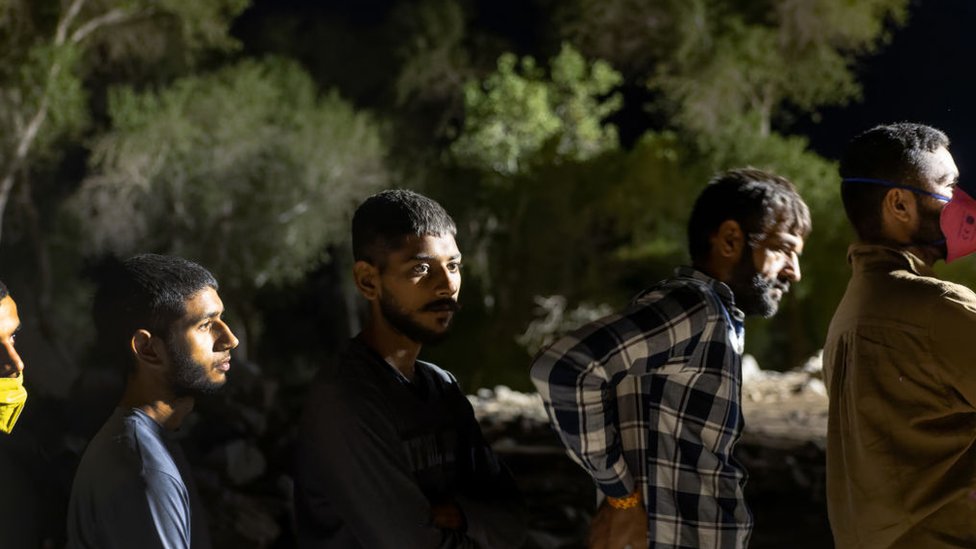
This took him first to Turkey, where “life was very hard,” and then to France, where he considered staying but was unable to find work. It was more than six months of travel.
In the end his “travel agent” arranged for him to join a small group of Indians headed for the US, where many, including him, had relatives.
“He charged us a lot of money,” Singh said. “From France he took me to Cancun, and from there to Mexico City and north“.
An even more complicated journey
Migrants like Singh often see the United States as “the ultimate gateway” to a better life, says Ahluwalia, the lawyer.
However, the enormous distance makes travel to the US extremely difficult.
Traditionally, Indian immigrants arriving at the US-Mexico border have used “door-to-door” smuggling services, with organized trips from India to South America.
They are often guided all the way and travel in small groups with their compatriots who speak the same language, rather than individually or with just family members.
These networks often start with “travel agents” in India who outsource parts of the journey to associated criminal groups in Latin America.
Jessica Bolter, an analyst at the Washington DC-based Migration Policy Institute, explained that the influx of Indian migrants is also increasing as a result of the “pull effect” that occurs when those who have used these services recommend them to friends or family in India. .
“Naturally they grow and attract more migrants”he said, although he qualified that “of course, that does not happen without first the migrants wanting to leave“.
The experience of Manpreet, a 20-year-old from Punjab who asked to be identified only by his first name, is typical of those using the southern route.
A vocal critic of India’s ruling BJP (Bharatiya Jannata Party), he fled the country after being persecuted for his political ideas.
“From Ecuador I took a bus to Colombia and from Colombia another to PanamaManpreet recalled in an interview with the BBC from California.
“From there, on a ship, (I went to) Nicaragua and Guatemala, then to Mexico, and entered the United States.”
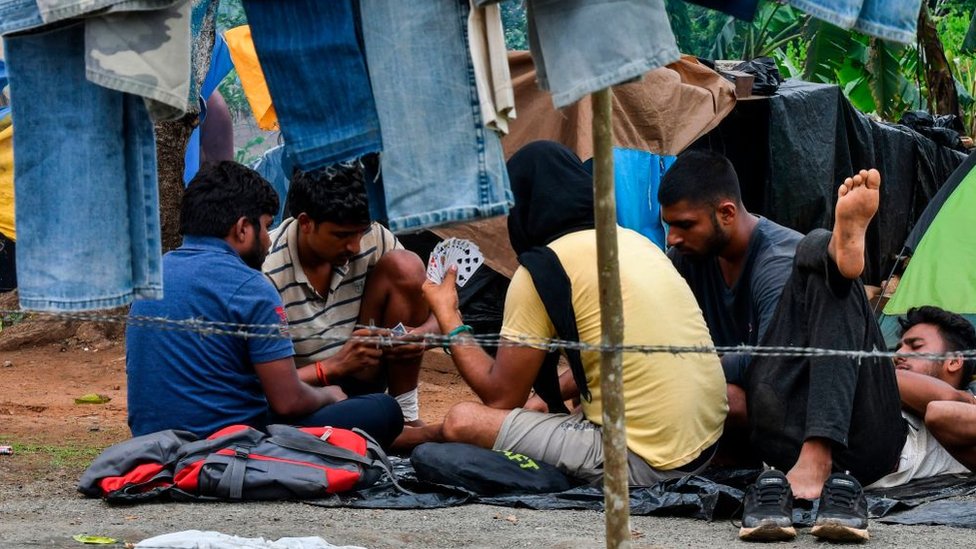
A new and uncertain beginning
Once in the United States, immigrants like Singh they begin a lengthy legal process to apply for asylum.
Most of the time, it begins with what US officials call a “credible fear interview,” in which must convince the authorities that they will face persecution if they return home.
“This first step is the most important,” explains Ahluwalia.
If the agent “deems there is no credible fear, his case will never move forward. That’s disastrous.”
If you otherwise believe the fears are well-founded, the would-be asylum seeker will likely receive a notice to appear before an immigration judge who will consider your claim.
The process is long, with waiting times of several years -something that has recently become the norm in the US- without the guarantee of a positive result.
Singh, meanwhile, has lived in the United States since the end of June and is saving money to hire a lawyer.
Although his trip was long and no one guarantees him a stable future in the North American country, it is better than the other alternative he had, he assures.
“I was always going to fear for my life,” he says. “Since I’ve been here, I’ve never felt anything like this.”
Remember that you can receive notifications from BBC World. Download the new version of our app and activate it so you don’t miss out on our best content.










